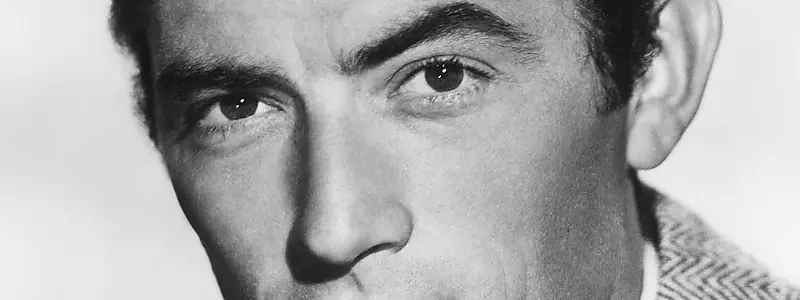Let’s face it, humor is a tough nut to crack. What one person finds hilarious, another might not even crack a smile at. But when done well, humor can elevate your novel from a mere page-turner to a truly unforgettable reading experience.
So, how do you add humor to your writing? Well, for starters, it’s all about knowing your audience. What kind of humor do they appreciate? Do they like sarcasm, wit, or slapstick comedy? Once you’ve got a sense of what they like, you can start crafting jokes and humorous scenes that will resonate with them.
One of the most effective ways to add humor to your novel is through satire. Satire uses humor to comment on societal norms, politics, and cultural phenomena. Think Douglas Adams’ “The Hitchhiker’s Guide to the Galaxy” or Terry Pratchett’s “Discworld” series. These authors use humor to poke fun at the absurdities of modern life, and it’s hilarious.
Another way to add humor is through wordplay. Wordplay uses language to create humor, often through puns, double meanings, and clever turns of phrase. Piers Anthony’s “Xanth” series is a great example of this. Anthony uses wordplay to create a sense of wonder and enchantment in his fantasy world.
But humor isn’t just about satire and wordplay. It’s also about creating memorable characters. Think about it, some of the most iconic characters in literature are the ones who make us laugh. Take Bridget Jones from Helen Fielding’s “Bridget Jones’s Diary” or the hapless heroes of Jasper Fforde’s “The Eyre Affair.” These characters are lovable, relatable, and hilarious.
When it comes to adding humor to your novel, you have two main options: narration and dialogue. Narration refers to the voice of the narrator, while dialogue refers to the conversations between characters.
Using narration to add humor can be a bit trickier than using dialogue. This is because narration is often more subtle and can be easily misinterpreted. However, when done well, humorous narration can be incredibly effective. Think of the witty asides and clever observations of the narrator in “The Hitchhiker’s Guide to the Galaxy.” These humorous moments add a whole new layer of depth and humor to the story.
Dialogue, on the other hand, is a more straightforward way to add humor to your novel. This is because dialogue is often more explicit and can be used to create humorous exchanges between characters. Think of the banter between the characters in “The Big Bang Theory” or the witty repartee of the characters in “Pride and Prejudice.” These humorous moments are often created through dialogue and can be incredibly effective in adding humor to your novel.
Ultimately, the key to adding humor to your novel is to be authentic and true to your voice. Don’t try to force humor into your writing if it doesn’t feel natural. Just let it happen organically, and your readers will appreciate it.
Some other great examples of humor in novels include Christopher Moore’s “Lamb: The Gospel According to Biff, Christ’s Childhood Pal,” which uses humor to retell the story of Jesus’ life, and Kurt Vonnegut’s “Slaughterhouse-Five,” which uses satire and absurdity to comment on the nature of war and humanity.
So, there you have it - a writer’s guide to adding humor to your novel. Remember to be authentic, take risks, and don’t overdo it. And most importantly, have fun with it!
Oh, and one more thing: don’t forget to edit and revise your work. Humor is often subjective, and what one person finds funny, another might not. So, make sure to test your humor on beta readers and be willing to make changes if necessary. With a little practice and patience, you’ll be well on your way to crafting a novel that will leave readers smiling long after they finish reading.









